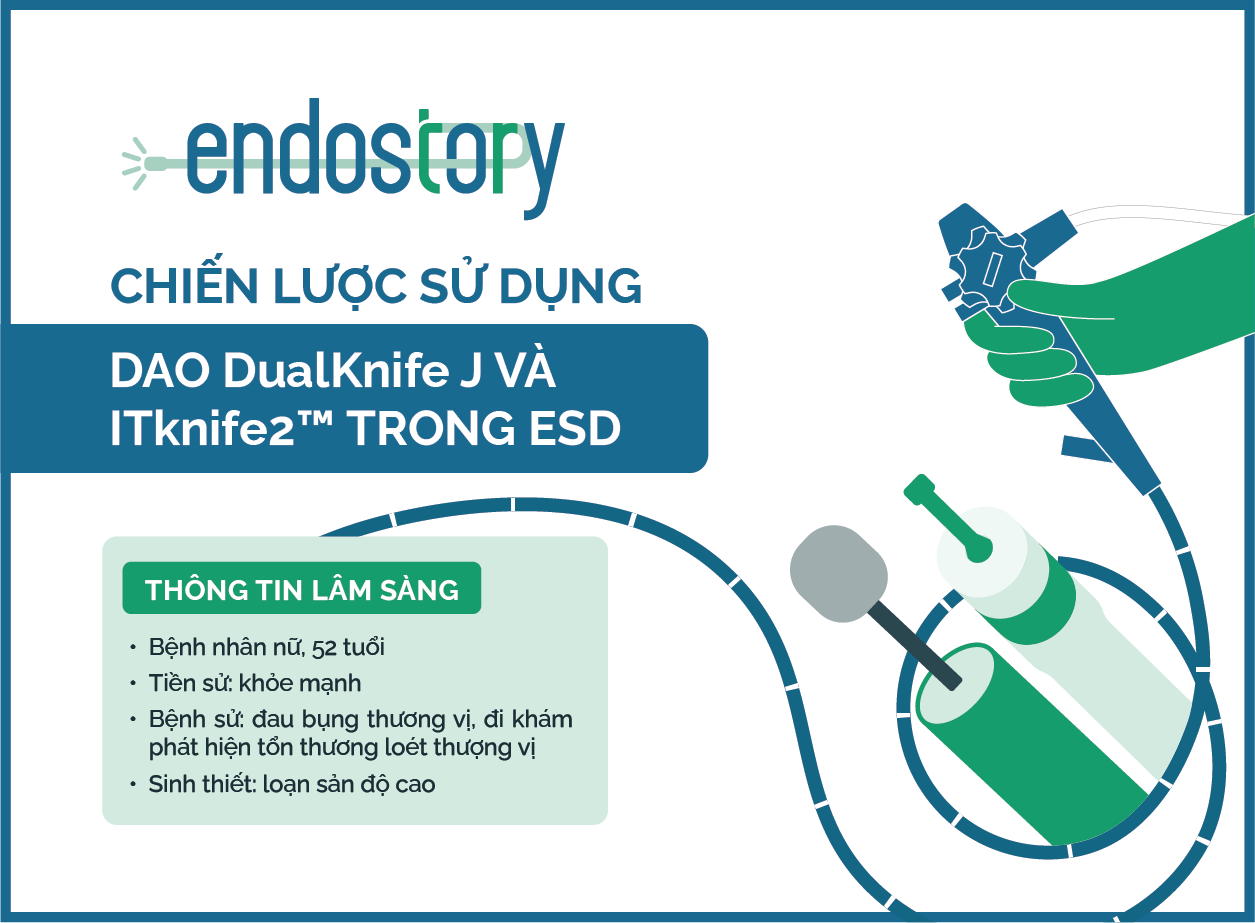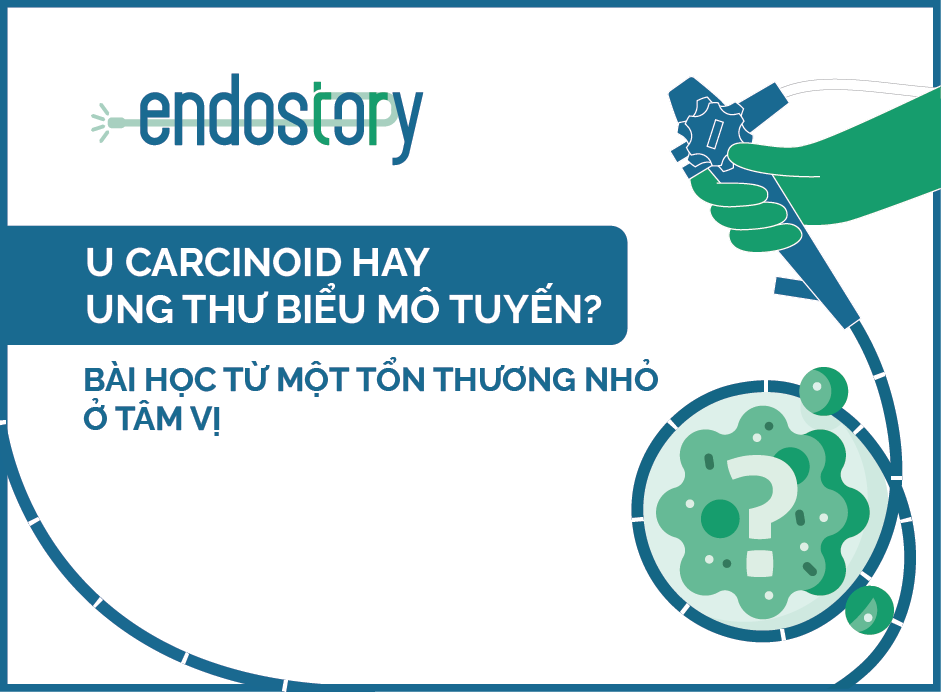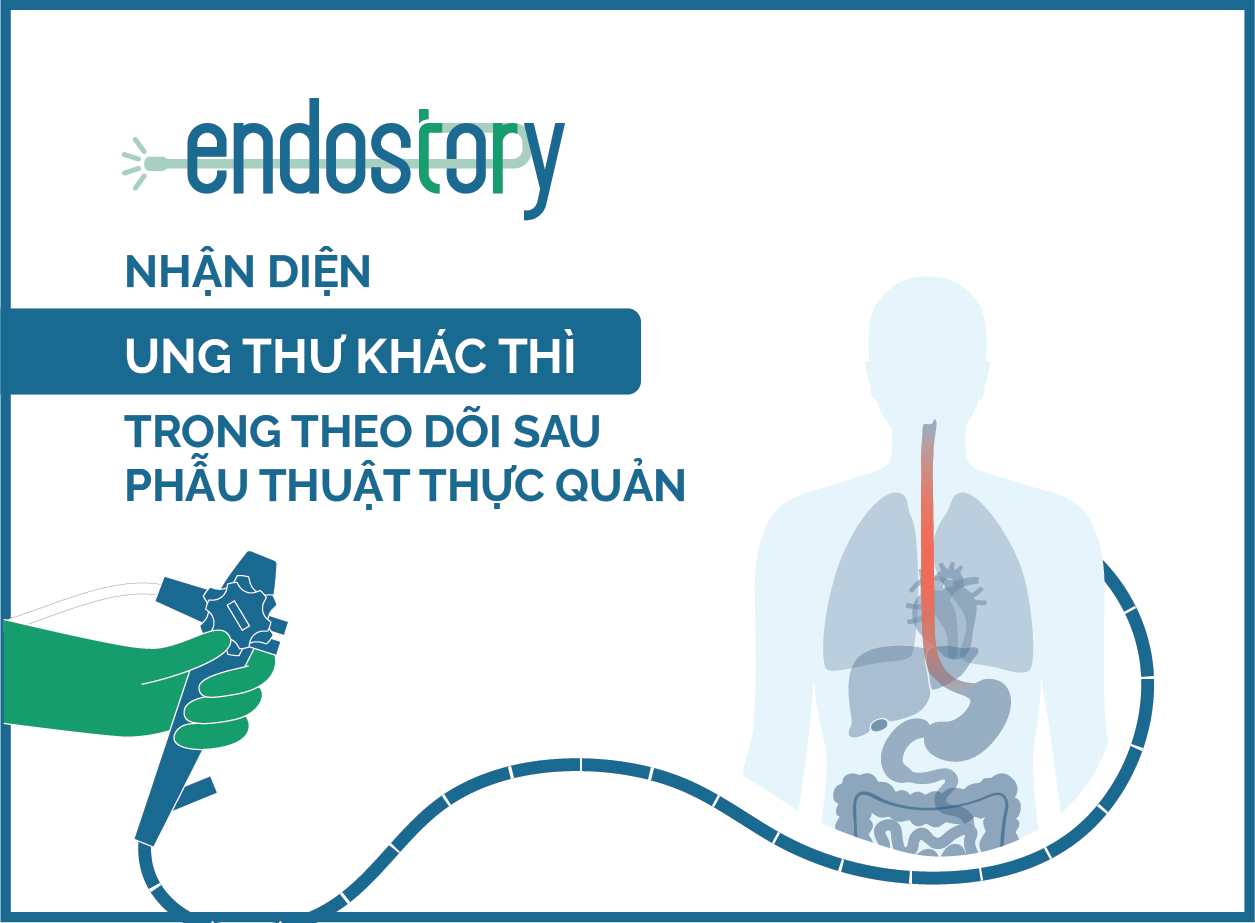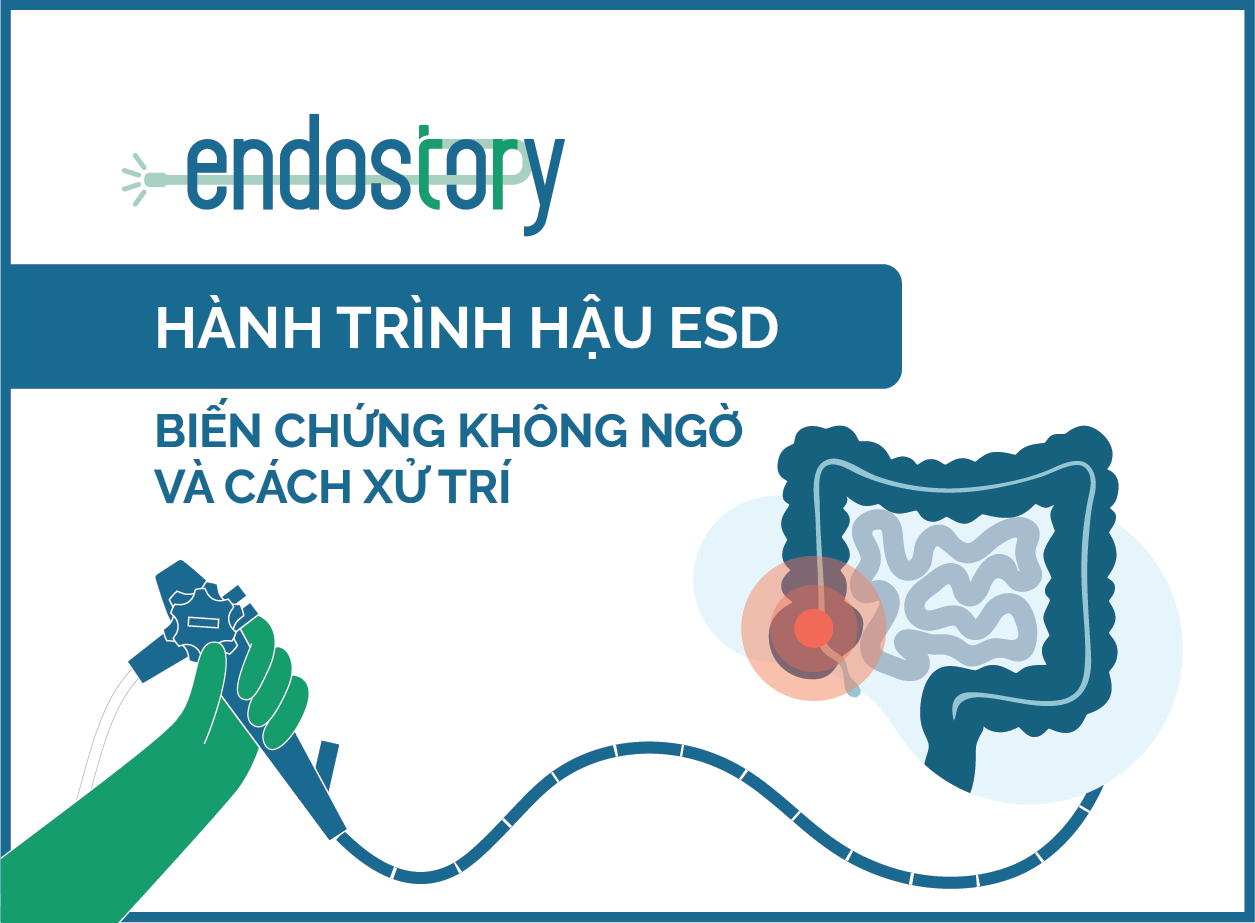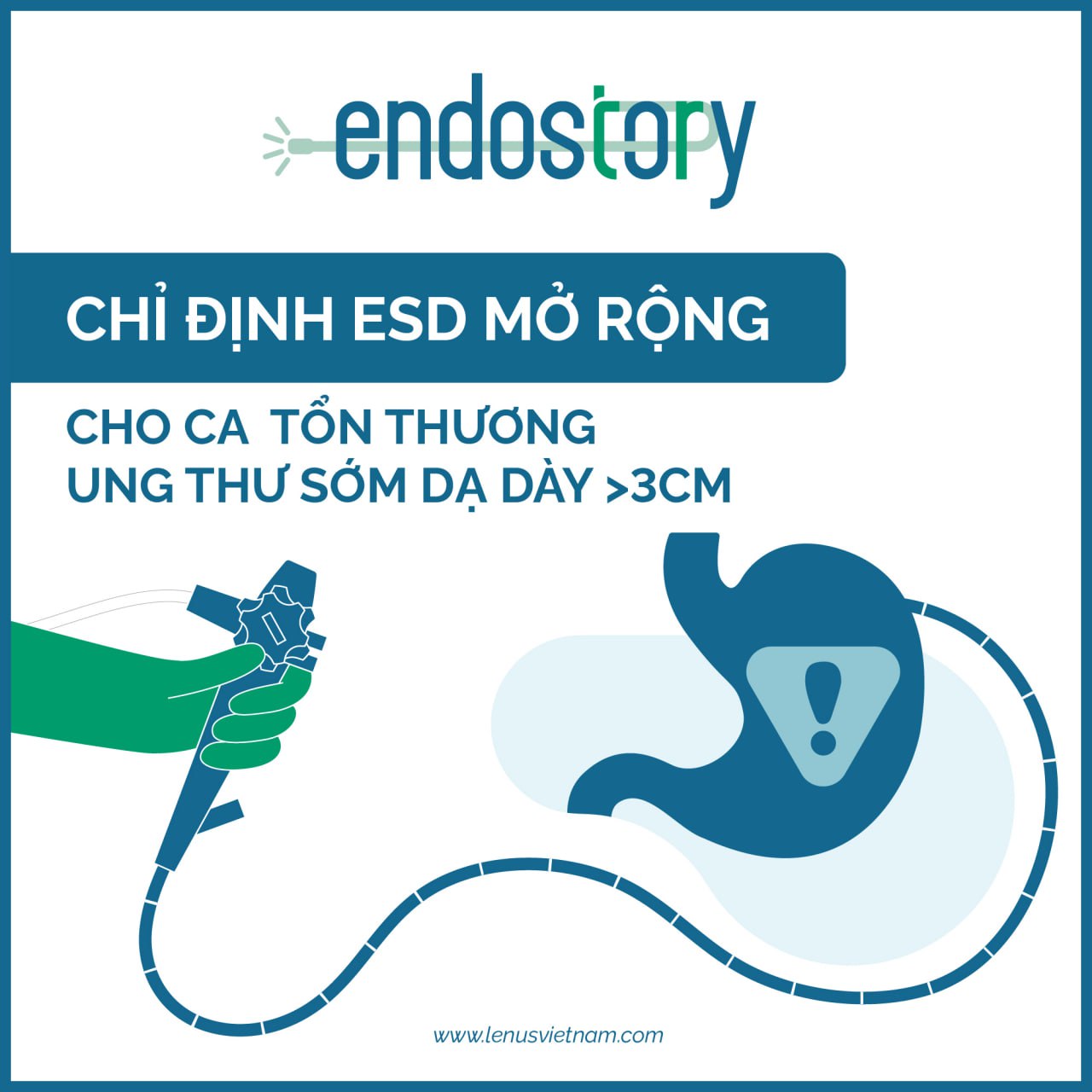Enhancing ESD Performance with Olympus CV-190’s Five Imaging Pillars
Currently, ESD (Endoscopic Submucosal Dissection) has become the optimal treatment option for early-stage mucosal lesions, allowing complete resection, organ preservation, and minimizing the need for surgery. However, each ESD case demands not only proficient technical skills but also an endoscopic system capable of delivering high-resolution images that clearly show mucosal microstructures so the physician can accurately assess, identify, and manage the lesion before, during, and after the procedure.
Challenges Physicians Face in Every ESD Procedure
In clinical practice, ESD often encounters multiple barriers. First, detecting atypical lesions especially flat or slightly elevated lesions remains a challenge under white light imaging (WLI).
Furthermore, identifying lesion margins in thin mucosal areas like the esophagus or colon is difficult, increasing the risk of incomplete resection or inadvertent injury to surrounding healthy tissue. Finally, the lack of post-procedural assessment tools makes it harder to verify resection completeness or detect residual lesions.
As more healthcare facilities implement ESD in clinical practice, there is a growing need for an endoscopy system that is both technologically advanced and cost-effective. At this juncture, the Olympus Evis Exera III (CV-190) becomes a practical and effective solution. This system integrates five core imaging technologies that not only support lesion evaluation and verification but also enable real-time ESD procedures during routine endoscopy. This allows physicians to treat lesions more accurately and efficiently—without changing equipment or disrupting workflow.
Five Technology Pillars Supporting ESD Decision-Making and Execution with the CV-190
NBI Enhances Microvascular Visualization, Assisting Lesion Detection and Treatment Planning
In the pre-procedural phase, physicians require advanced imaging tools to detect subtle lesions and accurately assess treatment indications. Narrow Band Imaging (NBI) in the CV-190 system meets this need by using narrow wavelength light to highlight microvascular and epithelial structures. NBI enables the detection of flat lesions that are often missed under standard white light.
NBI also facilitates lesion classification using systems such as NICE or JNET, helping to determine dysplasia levels and assess ESD suitability. Critically, NBI provides clear delineation of lesion margins essential for precise marking and resection planning. Compared to older endoscopy systems, this improved capability allows for on-the-spot intervention during routine endoscopy.
In-Situ Microscopic Evaluation with Dual Focus
ESD requires continuous transitions between wide-field observation and close-up tissue assessment. Dual Focus is a unique feature of the CV-190, allowing the physician to adjust the focus directly at the scope tip and switch to near-focus mode nearly doubling the magnification at the press of a button. This enables the physician to visualize mucosal microstructures and assess invasion depth or tissue separation in real-time, without changing equipment or interrupting the procedure.
High-Definition Imaging for Accurate Procedural Planning
Since ESD is performed in conditions often affected by fluid, blood, or low lighting, imaging resolution is critically important. The CV-190 delivers HDTV-quality high-resolution imaging, enabling clear differentiation between lesion tissue and healthy tissue. Even subtle details such as fibrosis, fine blood vessels, or mild bleeding are visible, supporting precise cutting and safe manipulation. Clear, low-noise imaging also improves suction, irrigation, and coagulation effectiveness.
Seamless Integration with Multiple Devices for Procedural Optimization
An ESD case can last for hours, and physicians need an imaging system that is not only high-quality but also consistently stable. The CV-190 is designed for seamless integration within the Olympus ecosystem, including large-channel scopes, CO₂ insufflators, high-pressure water jets (AFU), auto-adjusting xenon light sources, IMH image capture systems, and more. These components work in harmony to ensure smooth suction, irrigation, and coagulation without image lag or frame drop allowing the physician to stay fully focused on the patient and the procedure.
Post-Procedure Verification with Pre-Freeze Function
In every ESD case, imaging is not only a procedural tool but also critical documentation of indication, results, and effectiveness. The Pre-Freeze function on the CV-190 automatically selects and saves the sharpest still frame at the moment the physician captures the image eliminating blurriness caused by instrument movement. This allows physicians to document pre-intervention lesions for histopathological comparison, confirm clear resection margins, and store data for training, reporting, or consultation purposes.
CV-190 – A Reliable Assistant for Every ESD Procedure
A successful ESD intervention is built on a foundation of strong clinical knowledge, refined technique, and sharp decision-making. However, in complex procedures, a reliable endoscopic system is indispensable. The CV-190 does not replace clinical expertise it serves as a trusted companion that enables clearer visualization, deeper analysis, and more precise intervention.

